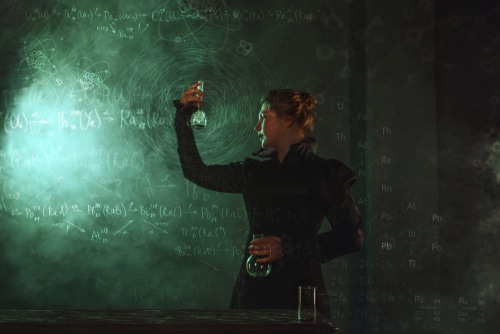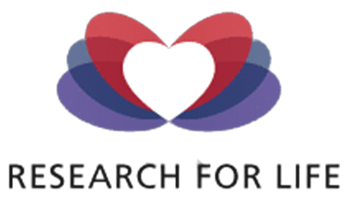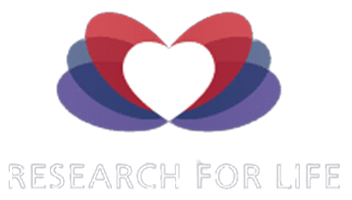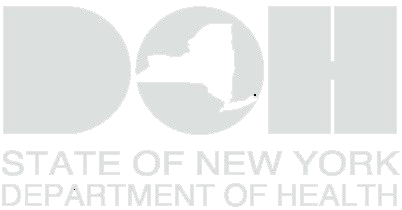
Celebrating Iconic Women in Science
There have been many women who are leaders in ground-breaking scientific research across the globe and have had a significant role in humanity’s scientific advancement. Even though they are so significant in the scientific community, women only represent about 33.3% of scientific researchers globally. Despite their smaller numbers, history is full of women who made historical contributions to science.
Today, we are going to take a moment to look at some of the powerhouses in the scientific community and highlight their amazing achievements.
Marie-Anne Paulze Lavoisier
(January 20, 1758 – February 10, 1836)
Sophia Louisa Jex-Blake
(January 21, 1840 – January 7, 1912)
Marie Curie
(November 7, 1867 – July 4, 1934)

The Scientific Powerhouses of 2023
Brilliant women in science have been around since the beginning of science and they are not slowing down anytime soon. Research.com just released its list of the top 10 female scientists across the globe who are making notable achievements in the scientific community.
- JoAnn E. Manson (Harvard Medical School) – an American physician and professor who is known for her pioneering research, public leadership, and for advocacy in the fields of epidemiology and women’s health.
- Virginia M.-Y. Lee (University of Pennsylvania) – a Chinese-born American biochemist and neuroscientist who specializes in progressing the research of Alzheimer’s disease.
- Aviv Regev (Broad Institute) – a computational biologist and systems biologist and Executive Vice President and Head of Genentech Research and Early Development in Genentech/Roche. In addition, she is a key member of the Broad Institute of MIT and Harvard and a professor at the Department of Biology of the Massachusetts Institute of Technology.
- Tamara B. Harris (National Institutes of Health) – a key researcher in the role of the Interdisciplinary Studies of Aging Section is to integrate molecular and genetic epidemiology with interdisciplinary studies of functional outcomes, disease endpoints, and mortality in older persons.
- Unnur Thorsteinsdottir (deCODE Genetics Iceland) – currently dean, School of Health Sciences, University of Iceland and is best known for her fields of study of genes, internal medicine, and genetics.
- Brenda W.J.H. Penninx (Vrije Universiteit Amsterdam) – a professor at the department of psychiatry and her current research examines the etiology, treatment, and consequences of depressive and anxiety disorders.
- Terrie E. Moffitt (Duke University) – an American clinical psychologist who is best known for her research on the development of antisocial behavior and also for her collaboration in research on gene-environment interactions in mental disorders.
- Gail Hanson (University of California Riverside) – an American experimental particle physicist who participated in the discovery of the J/psi meson and tau lepton. Her work led to the first evidence of jet production in electron-positron annihilation.
- Julie E. Buring (Brigham and Women’s Hospital) – currently her research is in the epidemiology of chronic diseases, particularly cardiovascular disease and cancer, and especially among women.
- Nora D. Volkow (National Institute on Drug Abuse) – a Mexican-American psychiatrist who is currently the director of the National Institute on Drug Abuse, which is part of the National Institutes of Health.



